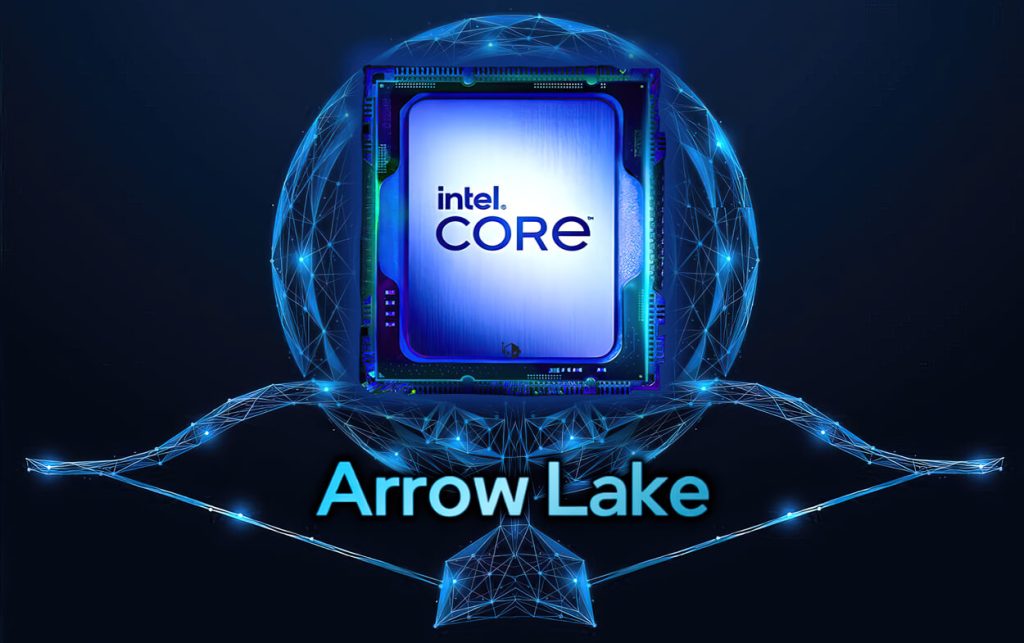AMD Ryzen 9800X3D vs Intel Arrow Lake: Gaming Dominance and Performance Comparison

Recent hardware releases from major brands like Intel and AMD showcase advancements aimed at gaming, AI, and data center markets:
- Intel:
- Intel’s Core Ultra 200K series, launched in October 2024, targets high-performance computing. This new series features advanced clock speeds and efficiency enhancements, designed to compete with AMD’s latest offerings. Intel has also emphasized improved AI processing capabilities, making these CPUs versatile for various use cases, including gaming and content creation AMD.
- Intel’s Core Ultra 200K series, launched in October 2024, targets high-performance computing. This new series features advanced clock speeds and efficiency enhancements, designed to compete with AMD’s latest offerings. Intel has also emphasized improved AI processing capabilities, making these CPUs versatile for various use cases, including gaming and content creation AMD.
- AMD:
- AMD is set to release the Ryzen 7 9800X3D on October 25, 2024, focusing on gaming performance with the Zen 5 architecture. This model offers up to 5.2 GHz boost clock and incorporates AMD’s 3D V-Cache technology to enhance performance in cache-sensitive applications. It is expected to launch at a price above $400.
- For AI and data centers, AMD launched the Instinct MI325X accelerator, boasting high HBM3E memory capacity and exceptional performance for AI model training and inferencing. It supports AI infrastructure development for companies like Dell and Lenovo.
- AMD has also previewed the EPYC 9005 Series processors, based on the Zen 5 architecture, which provide up to 192 cores for diverse workloads in data centers.
- Other Brands:
- NVIDIA recently introduced updates in their AI GPU line, with improvements in their Hopper architecture, focusing on generative AI and machine learning workloads. This is aimed at cloud providers and enterprise solutions, ensuring enhanced training and inference speeds for AI models .
These releases demonstrate the ongoing competition between Intel, AMD, and NVIDIA, with each focusing on pushing the boundaries in gaming, AI, and data center processing capabilities.
AMD’s Latest 3D V-Cache CPU Outshines Intel in Gaming, While Intel Targets Power Efficiency and AI Performance

This tile sets the stage for a detailed analysis of the latest releases from AMD and Intel, highlighting AMD’s gaming advantages and Intel’s multi-threading and AI-focused strengths.
AMD and Intel have both released new high-performance CPUs recently, with AMD’s Ryzen 7 9800X3D and Intel’s Arrow Lake lineup, including the Core Ultra 9 285K, being the primary focus. Here’s how they compare in terms of performance and price:
- Performance:
- AMD Ryzen 9800X3D: AMD’s 9800X3D, leveraging its 3D V-Cache technology, offers a notable gaming advantage. It outperforms Intel’s new Arrow Lake CPUs by approximately 5-11% in gaming scenarios. AMD’s improvement is consistent compared to previous models like the Ryzen 7 7800X3D, making it a top contender for gamers who seek higher frame rates and stability in modern titles like Far Cry 6.
- Intel Core Ultra 9 285K: Intel’s Arrow Lake CPUs emphasize power efficiency and multi-threaded performance. While they lag slightly behind AMD’s X3D models in gaming (about 5-21% slower depending on the game), they excel in content creation tasks due to their enhanced multi-core capabilities and inclusion of a neural processing unit (NPU), beneficial for AI workloads.
- AMD Ryzen 9800X3D: AMD’s 9800X3D, leveraging its 3D V-Cache technology, offers a notable gaming advantage. It outperforms Intel’s new Arrow Lake CPUs by approximately 5-11% in gaming scenarios. AMD’s improvement is consistent compared to previous models like the Ryzen 7 7800X3D, making it a top contender for gamers who seek higher frame rates and stability in modern titles like Far Cry 6.
- Price:
- AMD’s pricing strategy for the 9800X3D remains competitive, positioning it as a value option for high-end gaming. Intel’s Arrow Lake models, on the other hand, may appeal to those looking for all-rounder performance, particularly if AI features and multi-core efficiency are priorities. However, they may face pressure to adjust pricing to match AMD’s competitive edge in gaming.
Overall, if gaming is the priority, AMD’s Ryzen 9800X3D is currently the better option, offering superior performance at a likely lower or similar price point. However, for users seeking versatility in content creation and power efficiency, Intel’s Arrow Lake series offers more diverse capabilities, especially with its NPU integration.






